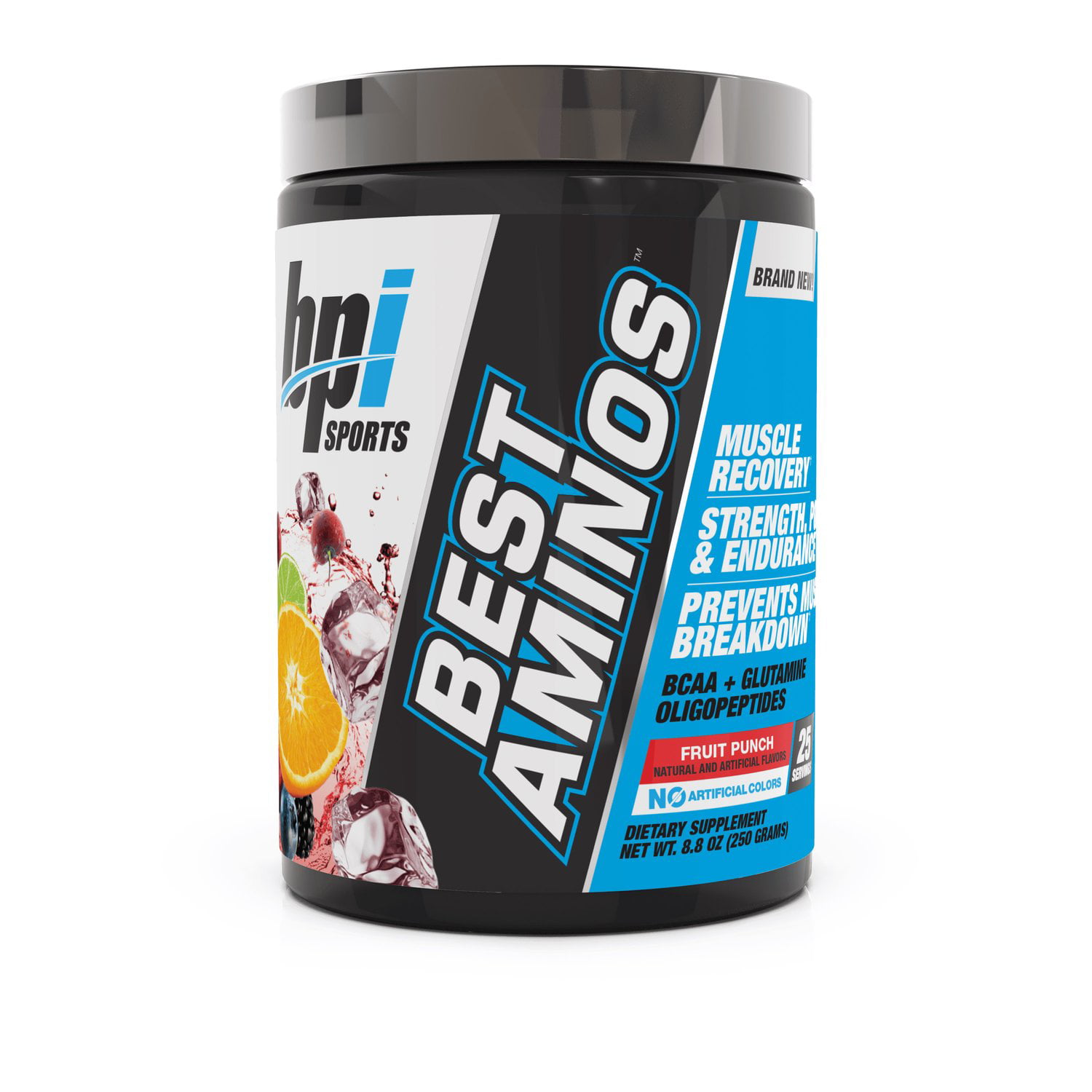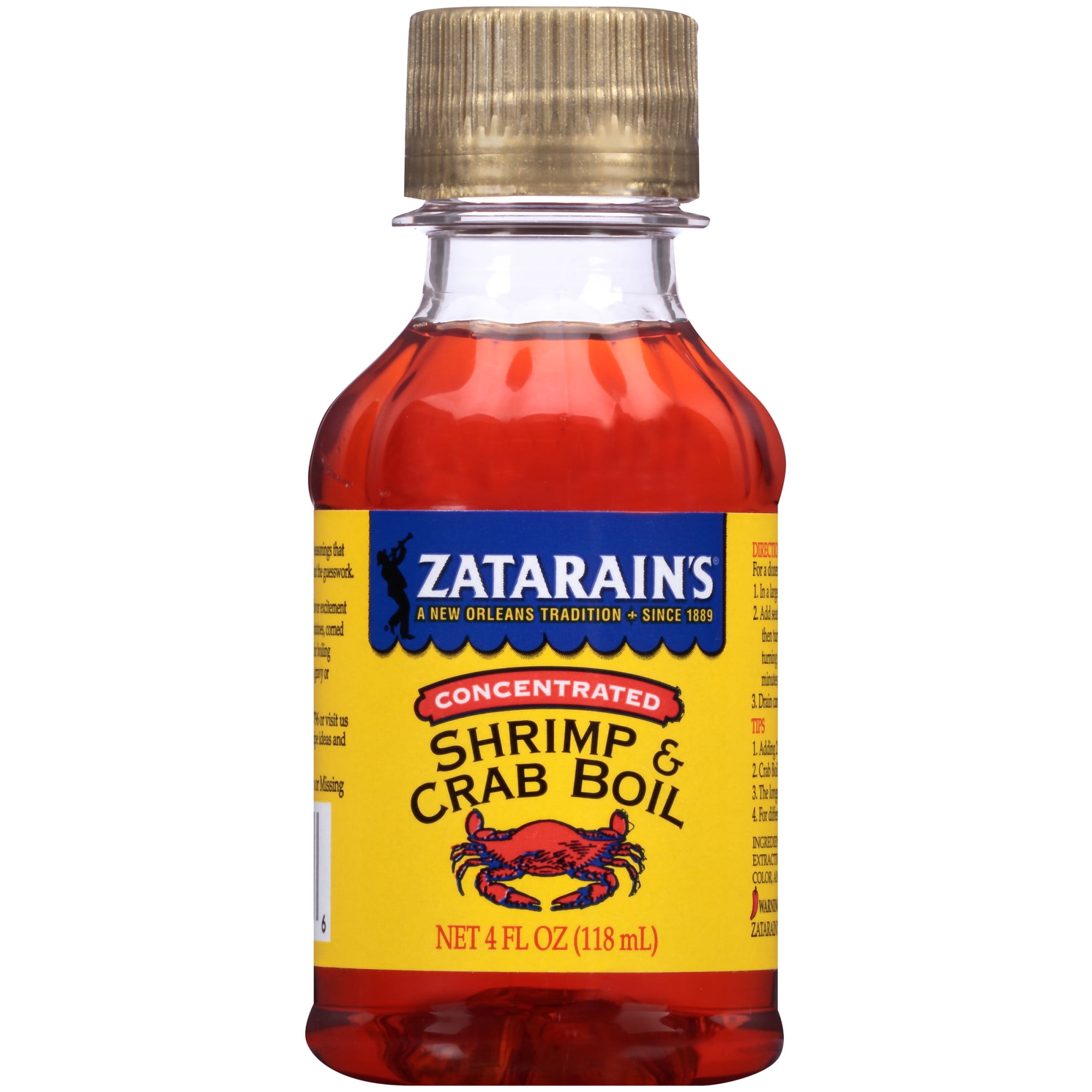

Then broil, bake, or grill along with asparagus or other vegetables for an easy dinner. Here, salmon is marinated in coconut aminos, ginger, lemon juice, and fresh thyme. Try liquid aminos or coconut aminos as a salty, savory element in marinades for all kinds of meat, fish, vegetables, and plant-based proteins. Pair it with mushrooms, spinach or kale, rosemary, garlic, lemon, liquid aminos, and cheese for a delicious and hearty, yet healthier than usual, take on risotto.
#Liquid aminos walmart full#
Quinoa is an incredibly nutritious grain (that’s actually a seed!)-gluten-free, full of protein and fiber and all the essential amino acids you need-and has a great nutty taste and fluffy yet chewy texture to boot. Get the Maple and Apple Slow Cooker Pulled Pork recipe.
#Liquid aminos walmart plus#
Here, they intensify the savory flavors of slow cooker pulled pork, with onions, apple cider vinegar, mustard, paprika, and cloves, plus maple syrup and sliced apples for a little sweetness. While liquid aminos and coconut aminos are great vegan ingredients, they’re useful for omnivores as well. Get the Best Ever Vegan Mushroom Soup recipe. Try it in fried rice form, either by itself for a lighter meal, or as a base for grilled meat or other protein, especially if it’s been brushed with paleo teriyaki sauce (which, like the rice, also uses coconut aminos)! Get the Paleo Cauliflower Fried Rice recipe.Ĭashew cheese is the secret to this vegan soup’s creamy texture, and liquid aminos help bump up the natural umami savor of the mushrooms, while fresh thyme tops it all off. Bragg makes coconut aminos too, but they also contain their much-hyped apple cider vinegar and are not fermented, so if you must avoid all alcohol, that might be your best bet.Ĭauliflower rice is pretty well-known by now, but it doesn’t have to be plain Jane. Since they are naturally fermented, they do contain trace amounts of alcohol, but not as much as many brands of soy sauce (which can have more than 2 percent alcohol by volume, though often less, depending on the manufacturer). Some sources claim coconut aminos also promote a healthy gut via the power of probiotics. A tablespoon of Coconut Secret coconut aminos contains only 270 milligrams of sodium, so if you’re watching your salt intake, they’re a clear front runner. They don’t actually taste like coconut instead, they’re dark and salty with a more pronounced sweetness, and are available in garlic and teriyaki variations, as well as in the form of granulated seasoning packets.

They’re gluten-free just like regular liquid aminos, but they’re also soy-free and much lower in sodium, making them an increasingly popular choice, especially among paleo eaters. If genetically modified ingredients are a concern to you, be aware that both soy sauce and tamari often contain GMO soybeans, while liquid aminos commonly tout their lack of GMO ingredients front and center.Ĭoconut aminos, as you might expect, are made from coconut (coconut sap or coconut blossom nectar, to be specific) and sea salt.

It’s darker in color and rounder and richer in flavor than both soy sauce and liquid aminos, but can generally be used in the same ways. Specific brands vary in sodium levels too, but in general, tamari’s on par with soy sauce in that department. However, some brands do contain small amounts of gluten, so always double-check the label to be sure. If you’re not familiar with tamari, another fermented soybean product, it’s similar to soy sauce (and is sometimes called Japanese soy sauce), but it’s most often made without wheat, making it gluten-free.

Other brands of soy sauce can have as much as 1,230 milligrams of sodium per serving, or over half of your daily recommended allowance, so it’s always worth scrutinizing labels. A tablespoon of La Choy brand soy sauce has 550 milligrams of sodium, so still more than liquid aminos, but not quite as big of a difference. If you compare 1 tablespoon of Kikkoman soy sauce with the same amount of Bragg Liquid Aminos, the soy sauce contains 920 milligrams of sodium while the liquid aminos clock in at 480 milligrams. If you look closely, you’ll see that the serving size for liquid aminos is usually much smaller than the serving size for soy sauce-1/2 teaspoon versus 1 tablespoon. While liquid aminos are definitely lower in sodium than regular soy sauce, they’re not quite as low as you might think at a glance at their nutritional labels. There are several different types of soy sauce, and each individual brand is different, but in general, they will have added salt, and often added preservatives and stabilizers. Since soy sauce is fermented, it also contains some alcohol, whereas liquid aminos don’t. How Are They Different From Soy Sauce (and Tamari)?Īll three of these products are made from soybeans, but soy sauce also contains wheat, so-unlike liquid aminos-it isn’t gluten-free.


 0 kommentar(er)
0 kommentar(er)
